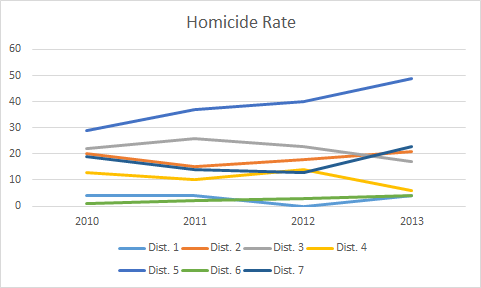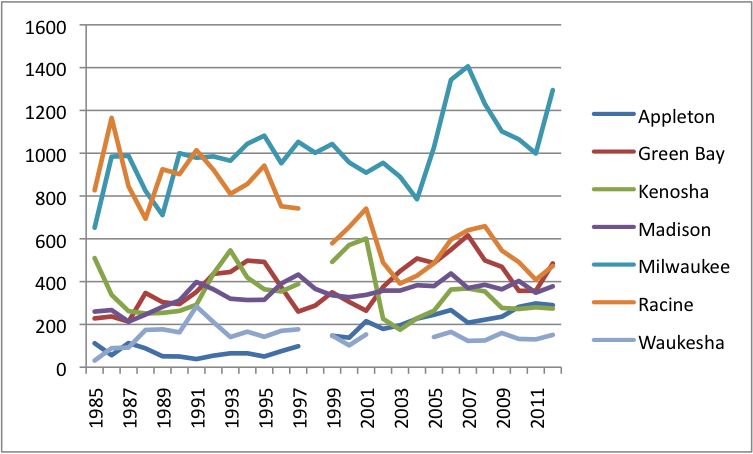New Study Shows High Arrest Rates for Returning Prisoners–What Are the Policy Implications?
Every decade or so, the U.S. Bureau of Justice Statistics releases a big national study of prisoner recidivism. The latest BJS research came out last week, and the numbers were no less depressing than they were in 2002. Here’s the report’s lead:
Overall, 67.8% of the 404,638 state prisoners released in 2005 in 30 states were arrested within 3 years of release, and 76.6% were arrested within 5 years of release.
Failure seems to be the norm, not the exception, for individuals released from U.S. prisons.
High recidivism rates constitute the most difficult and important challenge for those of us who would like to see fewer long sentences and more generous opportunities for inmates to earn early release. If most prisoners are rearrested shortly after they get out, doesn’t that lead inexorably to the conclusion that we should err on the side of more, not less, time behind bars?
Certainly, the woeful recidivism numbers should take indiscriminate, mass releases off the table. On the other hand, I think it is possible to overstate the significance of national rearrest rates for sentencing and corrections policy. These numbers should be the start, not the end, of the conversation.


